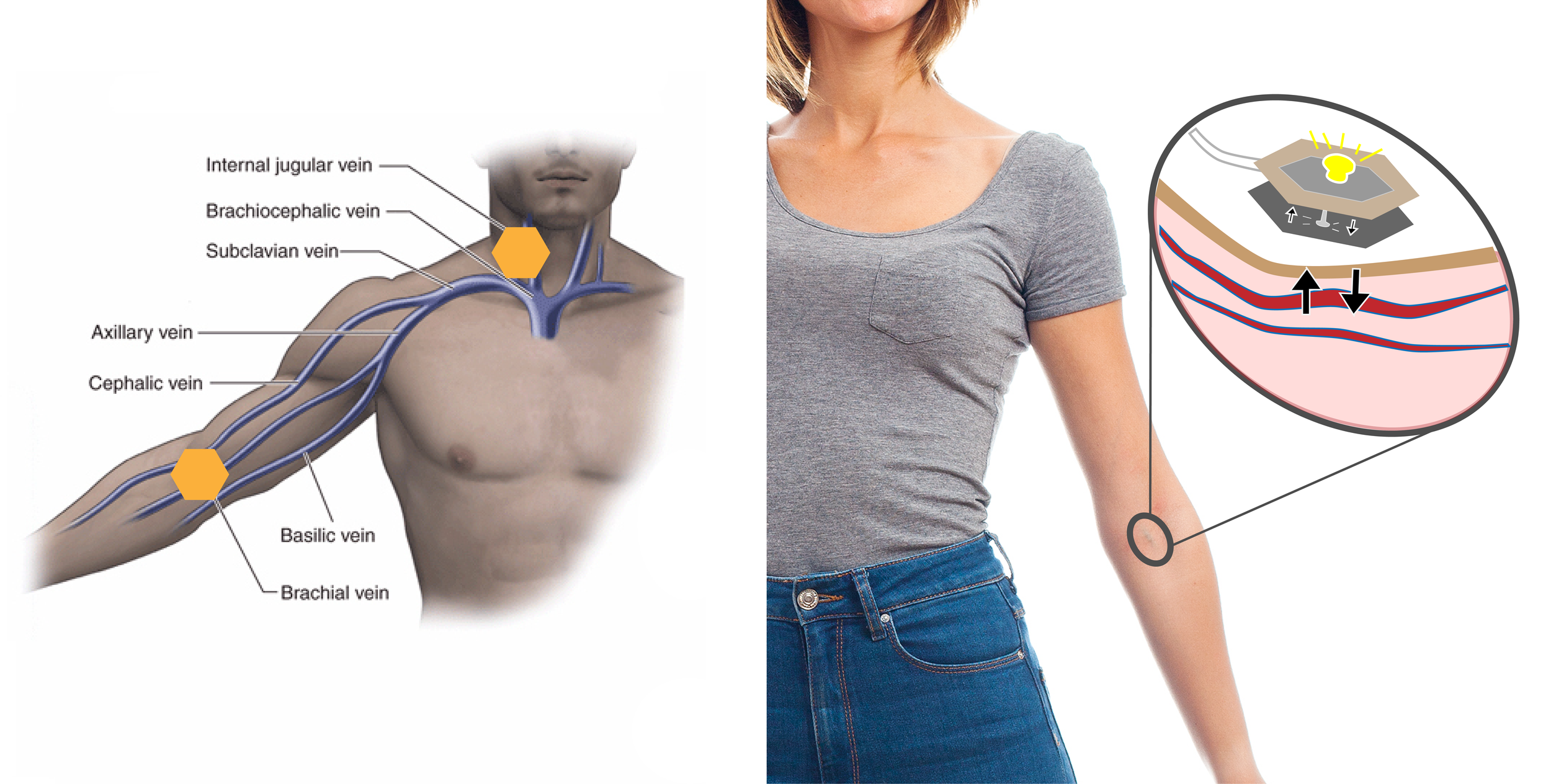Hum-En:
A human-based, energy-generating system
The human body is constantly moving; even in repose, it is always in motion on an indiscernible level. When we elevate our pulse, our blood thumps against the veins in our necks, in our arms, in our chest, creating points where a sensor could pick up the movement and pressure. These pulse points are where the Hum-En system can generate energy from your body’s natural function, without depleting your energy levels.
Made in collaboration with Vir Joseph Naidu, 2023

The mechanism
Think of a windmill - the movement of the breeze causes the blades to spin, triggering the parts within to generate electricity. Now visualize the components instead as being activated by a single point that is pushed up and down - like a telegraph button - but which is small and sensitive enough to be triggered by the human pulse at rest. If the body is active or in motion, the veins pump harder, and the pulse points generate even more electricity. Hum-en can generate energy using the piezo device which creates voltage through physical deformation by a vibration, sound wave or mechanical strain.
The scenario
Hum-En uses this technology to leverage the entire human body for energy generation. But what would we use this precious energy for? Where, indeed, does a major part of our daily energy go, but to our devices? We give them such attention and our devices give us such a vast amount of structure and information, yet what is this give-and-take like emotionally and supportively? Who is working to support whom?
Hum-En funnels electricity straight to the devices with which we are already so physically and emotionally attached: our cell phones, our headphones, our tablets, and our laptops. With minimally invasive implants and armatures, Hum-En links you and your devices to one another, in a beautiful, electrical symbiosis.




The process
Vir and I knew we wanted our device to interact directly with the human body, as well as create a speculative future that comments on our connection to technology. In the past few years, the basic design of our phones has changed little, but our connection to our devices has shifted massively. To wire a cell phone directly to our body started to feel less foreboding and more like an extension of how we already hold them so close.
The design is structured around the anatomy of human veins and arteries, with the looks-like wires, chargers, and sensors positioned accordingly. The works-like model was displayed in an exhibition on the RISD campus.








